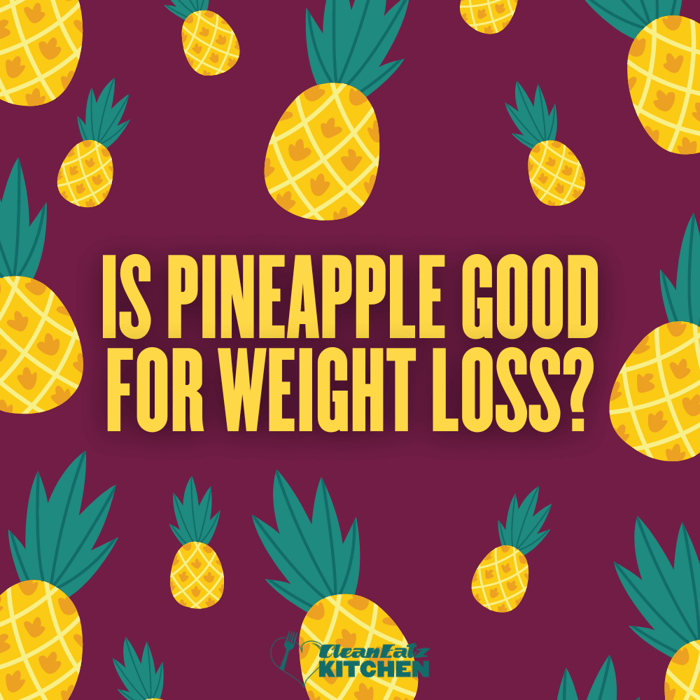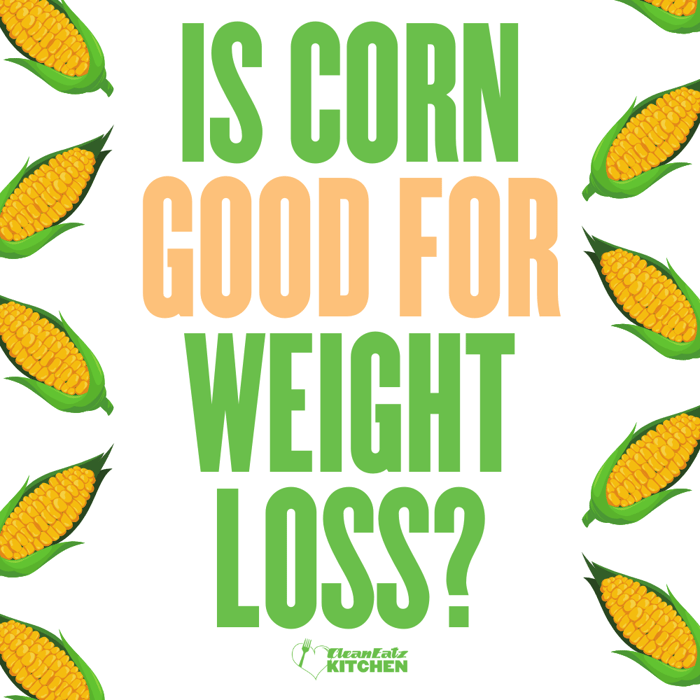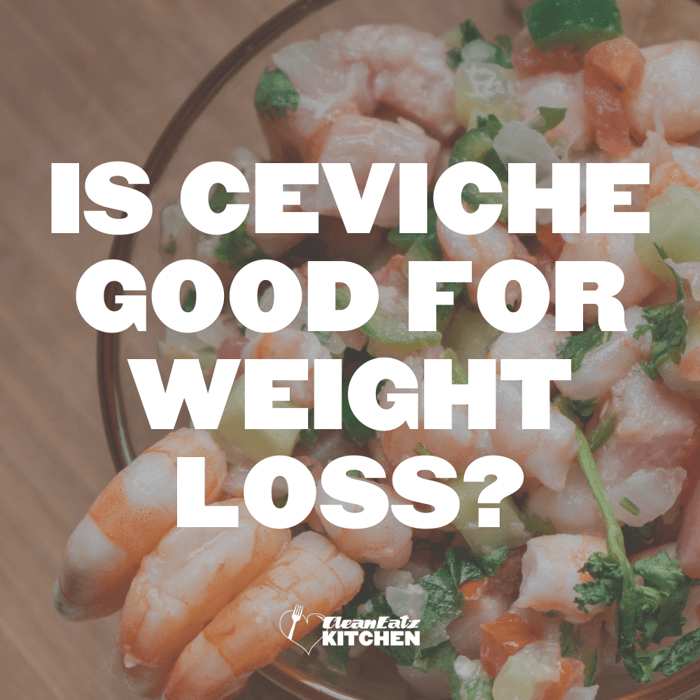Is Pineapple Good For Weight Loss?

Ellie Lopez, LDN, MS
Nutrition
|
Weight Loss
11/07/2025 9:12am
5 minute read
Why pineapple can support weight loss
- Low energy density: Pineapple is ~86% water with ~82–83 kcal per cup, so it satisfies sweet cravings for relatively few calories.1
- Whole-fruit advantage: Higher whole-fruit intake is linked to less long-term weight gain in large cohorts and can aid modest weight loss/maintenance in RCTs—when overall calories are managed.2, 3
- Convenient portions: U.S. guidance counts 1 cup fresh, frozen, or drained canned fruit as one cup-equivalent toward the daily fruit target (about 1.5–2 cups/day for most adults).4, 5
Nutrition facts (per 1 cup, chunks ~165 g)
~82–83 kcal, ~22 g carbs, ~2.3 g fiber, ~16 g natural sugars, ~79–89 mg vitamin C, small amounts of potassium and manganese.1
Bromelain: myth vs. reality
- No proven fat-burning in humans: Reviews note anti-inflammatory and metabolic effects, but evidence for weight loss is limited and largely from animal or mechanistic studies—not conclusive human trials.6
- Where it is & heat effects: Bromelain occurs in the fruit and stems; heat/canning largely inactivates it.7
- Mouth “sting” explained: Fresh pineapple’s enzymes plus acidity can irritate oral tissues; pairing with dairy or using cooked/canned pineapple reduces this effect.8, 7
- Supplements vs. food: Caution mainly applies to bromelain supplements (possible interactions with blood thinners); typical food amounts are far lower.9
Glycemic index, portions & pairing tips
Fresh pineapple has a medium glycemic index (~59 ± 8); glycemic impact depends on portion and what it’s eaten with.10
- Keep portions reasonable: Enjoy ~1 cup at a time. Larger portions increase glycemic load.
- Pair for balance: Combine with protein/fat (e.g., Greek yogurt, cottage cheese, nuts) to blunt glucose rises and improve satiety.11
Fresh vs. canned vs. juice vs. dried
- Fresh or frozen: Best default for nutrition per calorie.1
- Canned: Choose options packed in 100% juice or water and drain; avoid heavy syrup. Heat from canning inactivates bromelain (which is fine if you’re mainly after flavor/fiber/vitamin C).7
- Juice: Much less filling, easier to over-drink; higher intakes of 100% fruit juice are associated with weight gain in pooled analyses—use sparingly.12
- Dried: Calorie-dense; keep to small amounts.
How to use pineapple in a weight-loss plan
- Breakfast: Greek yogurt + pineapple + chia for fiber and protein.
- Lunch: Grilled chicken, greens, brown rice, pineapple salsa.
- Snack: Cottage cheese with pineapple and crushed walnuts.
Want plug-and-play structure? Our calorie-controlled meal plans and protein-forward snacks make it easy to pair fruit with satisfying protein. Check exact macros on our Nutrition Info page.
FAQs
Does pineapple “burn fat” because of bromelain?
No. There’s no good human evidence that bromelain causes weight loss; it’s likely the overall calorie balance and diet quality that matter.6
Is pineapple OK for people managing blood sugar?
In moderate portions, yes—fresh pineapple has a medium GI. Pair with protein/fat and keep portions around 1 cup. Whole fruit is a better choice than juice.10, 11, 12
Why does pineapple make my mouth sore?
Fresh pineapple contains bromelain plus natural acids; together they can irritate oral tissues. Pair with dairy, chill it, or use cooked/canned if you’re sensitive.8, 7
How much fruit should I eat per day?
Most adults benefit from 1.5–2 cup-equivalents/day of fruit. One cup of fresh, frozen, or drained canned fruit counts as a cup-equivalent.5, 4
References
- USDA/MyFoodData — Pineapple nutrition (1 cup, 165 g; water %, vitamin C). Data and FoodData Central.
- Bertoia ML et al., 2015. Increased fruit/veg intake associated with less long-term weight gain. PLOS Medicine / PubMed.
- Guyenet SJ et al., 2019. RCTs: increasing whole fruit supports weight maintenance/modest loss. Frontiers in Nutrition.
- USDA MyPlate — What counts as a cup of fruit? Guidance.
- CDC — Adults should consume ~1.5–2 cup-equivalents fruit/day. MMWR (2022).
- Review of bromelain & obesity (mechanistic/animal-heavy; limited human evidence). Nutrients, 2025.
- Thermal inactivation of fruit bromelain; canning/heat reduces enzyme activity. Kasetsart J. Nat. Sci.; see also ASABE (2000) abstract link.
- Why pineapple can sting (enzyme + acidity). McGill OSS (2023).
- NCCIH — Bromelain: usefulness & safety (supplement interactions). Fact sheet.
- Harvard Health GI table — pineapple, raw 59 ± 8 (medium GI). PDF.
- Mayo Clinic — GI basics & pairing foods for glycemic impact. Overview.
- Systematic review/meta-analysis: higher 100% fruit juice intake ↔ weight gain; limit juice. JAMA Netw (2024).
This content is for educational purposes only and does not replace personalized professional advice.
Related Articles
Is Jumping Rope Good Exercise? An In-depth Analysis
4 minute read
Is Corn Good For Weight Loss?
7 minute read



